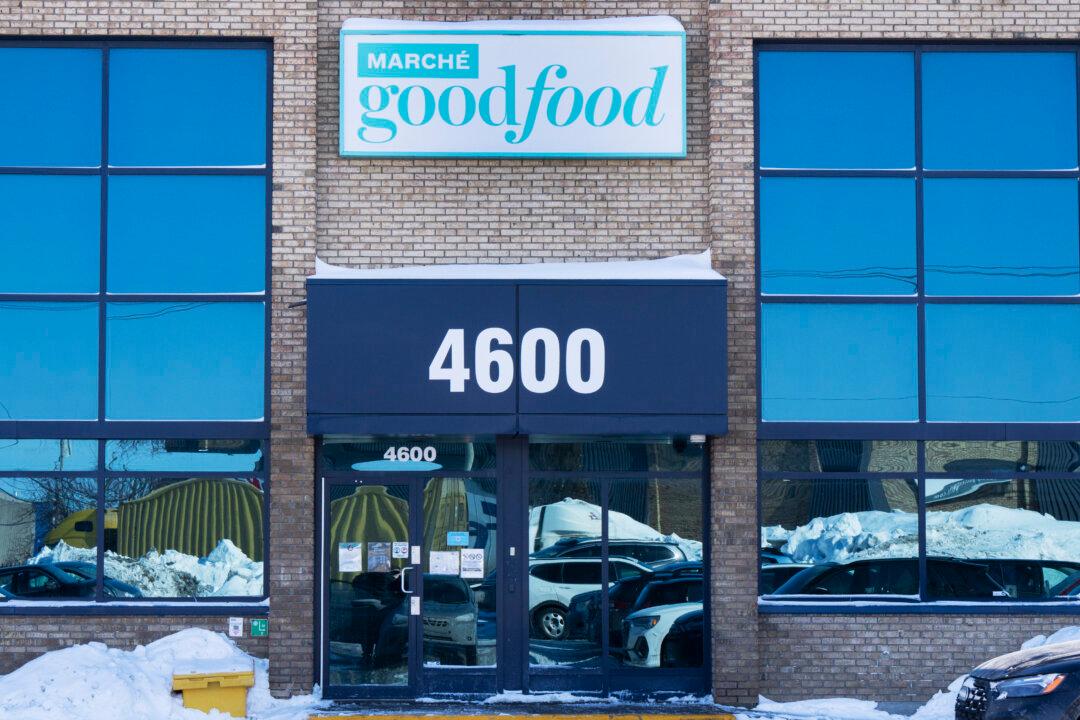More than half of Canadian restaurant owners are either operating at a loss or are barely breaking even, a new report from Restaurants Canada reveals.
Thirty-four percent of restaurants were in the red as of March of this year compared to seven percent prior to the COVID-19 pandemic, while 17 percent are only just breaking even compared with five percent four years ago, the report says. Only 12 percent of restaurant owners enjoy a double-digit profit margin.





